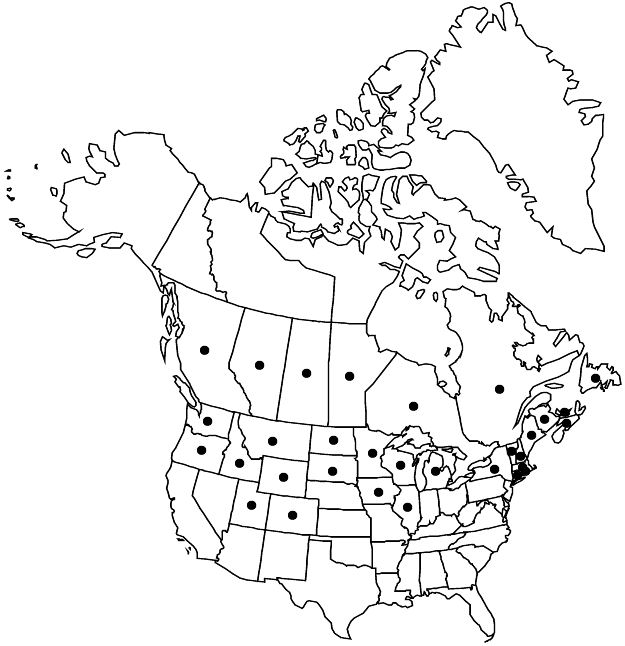Difference between revisions of "Crataegus chrysocarpa"
Bull. North Carolina Agric. Exp. Sta. 175: 110. 1900.
RevisionBot (talk | contribs) m (Bot: Adding category Revision Pending) |
imported>Volume Importer |
||
| Line 126: | Line 126: | ||
|publication year=1900 | |publication year=1900 | ||
|special status=Endemic | |special status=Endemic | ||
| − | |source xml=https:// | + | |source xml=https://bitbucket.org/aafc-mbb/fna-data-curation/src/2e0870ddd59836b60bcf96646a41e87ea5a5943a/coarse_grained_fna_xml/V9/V9_1021.xml |
|subfamily=Rosaceae subfam. Amygdaloideae | |subfamily=Rosaceae subfam. Amygdaloideae | ||
|tribe=Rosaceae tribe Gillenieae | |tribe=Rosaceae tribe Gillenieae | ||
| Line 135: | Line 135: | ||
}}<!-- | }}<!-- | ||
| − | --> | + | -->[[Category:Treatment]][[Category:Crataegus (sect. Coccineae) ser. Rotundifoliae]] |
| − | |||
| − | [[Category:Treatment]] | ||
| − | [[Category:Crataegus (sect. Coccineae) ser. Rotundifoliae | ||
| − | |||
Revision as of 22:53, 5 November 2020
Shrubs, 20–35 dm, sometimes clonal. Stems: twigs: new growth usually appressed-pubescent, 1-year old usually dull yellowish to greenish brown or gray-brown to light or dark tan; thorns on twigs variable, straight to slightly recurved, 1-year old shiny, dark mahogany or black, ± slender to ± stout, 3–6 cm. Leaves: petiole length 50% blade, usually narrowly winged distally, pubescent, glandular young, often persisting; blade yellow or purplish in very dry spots (fall), ± rhombic to rhombic-ovate, rhombic-obovate, or ovate to broadly elliptic, on extension shoots similar, larger, 2–5(–7.5) cm, thin to chartaceous, base ± cuneate, sometimes rounded to broadly ovate (at early anthesis not strikingly flabellate), lobes 2–4(–6) per side, sinuses moderately deep, lobe apex acute to subacute, margins serrate, teeth glands caducous, numerous, small, veins 3–5(–7) per side, apex acute or subacute, abaxial surface glabrous, sparsely pilose-glabrescent, or villous, veins usually pubescent, adaxial appressed-scabrous, glabrescent or short-appressed-pubescent. Inflorescences 5–10-flowered, compact; branches sparsely to densely villous, rarely glabrous; bracteoles usually hyaline, linear, membranous, margins sessile- or short-stipitate-glandular. Flowers 15–20 mm diam.; hypanthium usually villous, sometimes glabrous; sepals triangular, 4 mm, margins glandular-serrate, apex subacute to obtuse, abaxially pubescent; stamens (5–)10(or 20), anthers cream or ivory, sometimes pink; styles 3 or 4(or 5). Pomes scarlet to deep red, only darkened to burgundy if dried and shriveled (except in var. vernonensis), usually suborbicular to broadly ellipsoid or oblong, 8–10(–12) mm diam., pubescent or glabrous; sepal remnants present, spreading to reflexed, not or rarely obscurely elevated; pyrenes 3 or 4(or 5). 2n = 68.
Distribution

Alta., B.C., Man., N.B., N.S., Nfld. and Labr. (Nfld.), Ont., P.E.I., Que., Sask., Colo., Conn., Idaho, Ill., Iowa, Maine, Mass., Mich., Minn., Mont., N.Dak., N.H., N.Y., Oreg., R.I., S.Dak., Utah, Vt., Wash., Wis., Wyo.
Discussion
Varieties 9 (9 in the flora).
Crataegus chrysocarpa is one of the most wide-ranging North American species of the genus, occurring from inland of the Cascades and Coastal Ranges of Oregon, Washington, and British Columbia to the Atlantic from Newfoundland to New England; it is correspondingly variable. Ashe’s type from the Rocky Mountain foothills in northern Colorado is from the south of the range. East of the Rocky Mountains, C. chrysocarpa is the most northerly and cold-adapted species of hawthorn in North America and nearly reaches Hudson Bay in Ontario. Rare northeastern forms are arborescent (to 70 dm).
Variety chrysocarpa is by far the most common form through most of the species range; numerous well-marked to only slightly different forms, many accepted here at varietal level, occur in different parts of the range. The main regional variant is var. piperi, a well-marked intermontane form.
One to two year old twigs of var. chrysocarpa are much darker in the east (reddish tan or darker) than in the west (light tan to gray-brown).
Selected References
None.
Lower Taxa
Key
| 1 | Stamens 20 | > 2 |
| 1 | Stamens 5–10 | > 3 |
| 2 | Anthers cream or ivory. | Crataegus chrysocarpa var. vigintistamina |
| 2 | Anthers pink. | Crataegus chrysocarpa var. blanchardii |
| 3 | Inflorescence branches lanate; anthers pale pink; fully ripe pomes burgundy. | Crataegus chrysocarpa var. vernonensis |
| 3 | Inflorescence branches glabrous or pubescent, sparsely to densely villous, or thin-pilose; anthers cream to ivory, sometimes pink; fully ripe pomes red | > 4 |
| 4 | Abaxial leaf surfaces persistently hairy (rough-pubescent or with scattered long hairs) | > 5 |
| 4 | Abaxial leaf surfaces glabrous, veins sometimes pilose | > 6 |
| 5 | Leaf blades ovate to broadly ovate or broadly elliptic, bases rounded to broadly cuneate, lobe apices subacute, max LII 5–10%, veins 6 or 7 per side; Great Lakes region and eastwards. | Crataegus chrysocarpa var. faxonii |
| 5 | Leaf blades rhombic to narrowly rhombic or rhombic-elliptic, bases ± cuneate, lobe apices acute, max LII 15–20%, veins 5 or 6 per side; Pacific Northwest and adjacent Canada. | Crataegus chrysocarpa var. piperi |
| 6 | Anthers pink. | Crataegus chrysocarpa var. praecox |
| 6 | Anthers cream or ivory | > 7 |
| 7 | Inflorescence branches glabrous; leaf surfaces: adaxial glabrous young. | Crataegus chrysocarpa var. phoeniceoides |
| 7 | Inflorescence branches sparsely to densely villous or thin-pilose; leaf surfaces: adaxial appressed-short-pubescent or appressed-pubescent young, glabrescent or becoming short scabrous | > 8 |
| 8 | Hypanthia densely villous. | Crataegus chrysocarpa var. chrysocarpa |
| 8 | Hypanthia glabrous. | Crataegus chrysocarpa var. subrotundifolia |